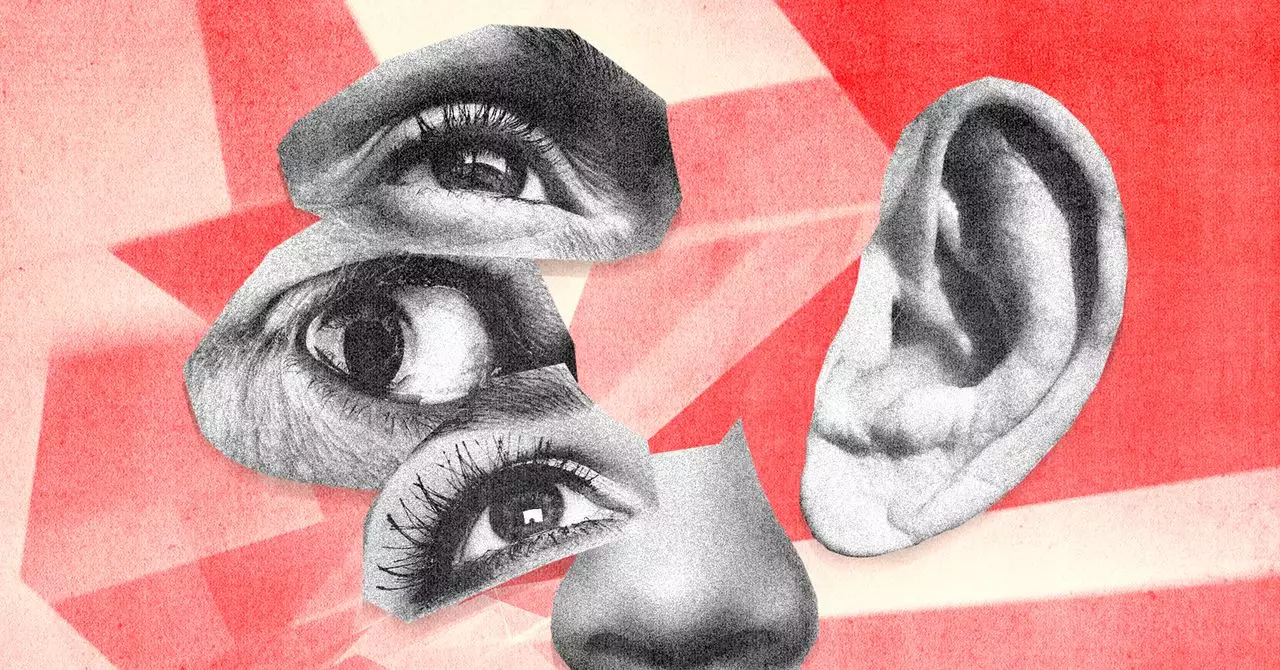The advancement of artificial intelligence, particularly in video generation, has sparked excitement and innovation across multiple fields. Yet, amidst this technological marvel lies a troubling truth: the persistence of overt biases. A thorough investigation from WIRED revealed that AI video tools, such as OpenAI’s Sora, are closely intertwined with outdated societal stereotypes, perpetuating images that are both simplistic and harmful. Despite the technological leap in image fidelity, these videos have dangerously overlooked representation, fundamentally reflecting and reinforcing narratives that favor certain demographics over others.
In Sora’s universe, the traditional archetypes reign supreme—men dominate roles of power and influence while women are relegated to supporting positions. That is to say, pilots, CEOs, and educators are predominantly men, whereas flight attendants and childcare workers are mostly portrayed as women. This portrayal reflects not only a lack of creativity but a blatant disregard for the nuanced reality that permeates our world. Moreover, when it comes to representation of disabilities, the representation remains minimal and often stereotypical, suggesting that individuals with disabilities rarely occupy roles outside a narrow definition confined to their physical limitations.
The Paltry Efforts of AI Providers
OpenAI has publicly acknowledged the issue of bias. Leah Anise, a representative from the company, mentioned that there are dedicated teams addressing bias and that they aim to refine the training data used to mitigate harmful outputs. However, merely acknowledging the problem does not equate to a solution. The claims of an intent to tackle bias feel shallow against the backdrop of an industry that continuously fails to correct its course. For a technology purportedly designed to reflect human creativity, it ironically falls short in representing the rich tapestry of human experience.
The crux of the problem lies in the very nature of AI training processes: the systems ingest vast swathes of data, often reflecting existing societal norms without critically engaging with them. This method of operation results in AI tools not only mimicking biases but amplifying them, creating a vicious cycle where stereotypes are repeated across multiple platforms. The implications of such misrepresentation can be particularly dangerous, especially when these technologies find their way into advertising, entertainment, or even critical security applications. The risk here is not confined to perpetuating stereotypes; it extends to an active role in shaping societal narratives that could influence public perception and policy.
The Research: A Window into Bias
In a proactive attempt to quantify the nature of bias in AI-generated videos, researchers collaborated with WIRED to create a methodology to analyze Sora’s outputs. The findings were alarming: a marked absence of diversity in the portrayal of people, relationships, and even job titles. This raises a crucial and often overlooked question: what kind of world are we enabling through these technological advancements? If Sora’s output trends continue, we risk reinforcing harmful stereotypes, particularly against marginalized communities that already struggle for adequate representation.
Moreover, as AI video generation moves towards becoming a commercial tool—often aimed at marketing and advertising—its potential to entrench bias becomes even more significant. Imagine an advertisement that features only impossibly idealized characters; it risks alienating potential customers who don’t see themselves represented. Such limitations could drive away diverse consumer bases and result in products and messages that feel disconnected from the realities of everyday life.
Beyond Sora: A Call for Collective Accountability
The issues identified in Sora are likely not isolated. They reflect a broader pattern in the realm of generative AI, pointing to an urgent need for systemic change. Institutions and companies must reassure stakeholders that they take representation seriously through rigorous testing and thoughtful development practices. The tools we build should aspire to engage critically with the complexity of human experience rather than simplify it into neat boxes of gender, race, or ability.
The responsibility does not solely lie with technology companies; it also extends to consumers, policymakers, and society at large. As we embrace these technologies, it is vital to demand accountability and steer discussions around diversity and representation in AI. Only then can we begin to create outputs that reflect the true diversity of human existence—a goal that should be at the forefront of AI development as we step into the future.

